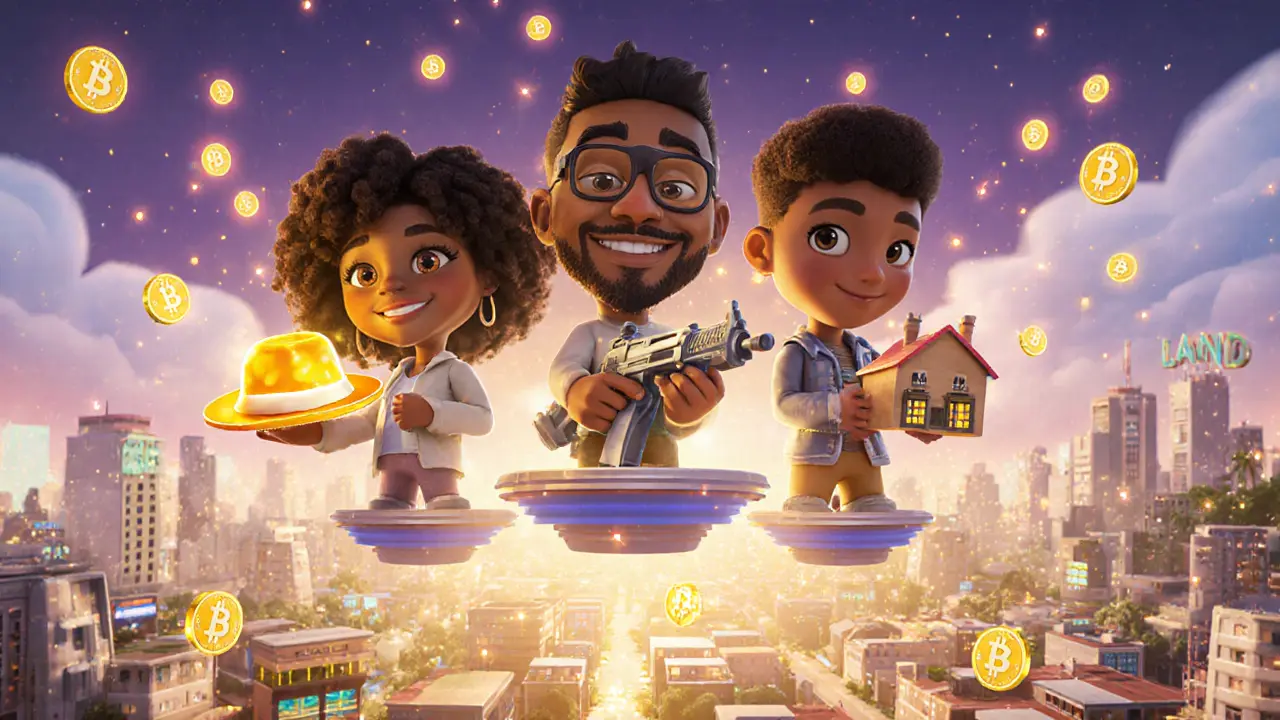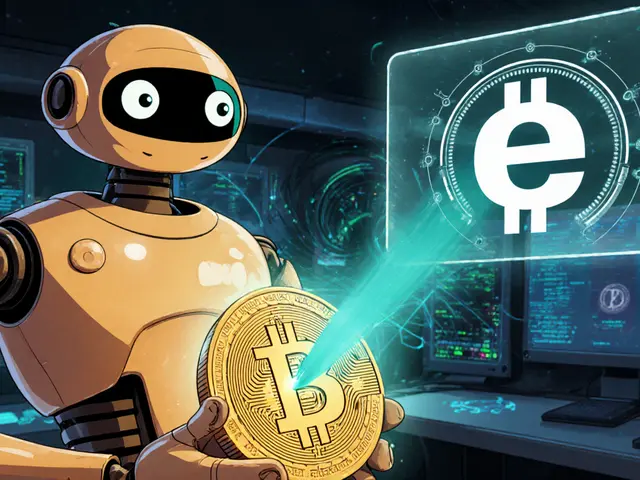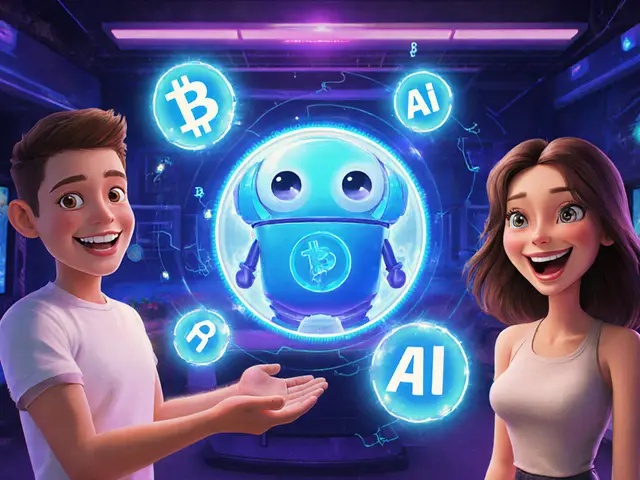Play-to-Earn Crypto: How Games Pay You and Which Projects Actually Deliver
When you hear Play-to-Earn, a model where players earn cryptocurrency or NFTs by playing digital games. Also known as P2E, it promises to turn screen time into income. But not all games pay out—and most don’t. The idea sounds simple: play, earn, cash out. In reality, it’s a mix of smart design, tokenomics, and outright scams. You need to know which games have real utility and which are just hype wrapped in NFTs.
Behind every successful Play-to-Earn game is a working economy. That means players aren’t just grinding for points—they’re earning tokens that hold value outside the game. Think NFT rewards like rare characters or gear you can sell on open markets. Projects like OneRare and RACA gave out ingredient NFTs and Metamon tokens that had real trading value. But look closer: many others, like the Lunar Crystal airdrop, vanished without delivering anything. The difference? One had a live game with users; the other had a website and a promise.
What separates winners from losers? It’s not just the graphics or the marketing. It’s whether the game has crypto gaming infrastructure—real players, ongoing development, and a reason for the token to exist beyond speculation. If a game’s token crashes 75% in two months like Dogcoin (DCOIN), or has zero developer activity like Numogram (GNON), it’s not a game—it’s a gamble. Meanwhile, platforms like WOOFi and xRocket integrate gaming rewards into broader DeFi ecosystems, giving players more ways to use what they earn.
You’ll find both sides here. Some posts show you how to qualify for live airdrops like Unbound’s SuperHero NFTs or OneRare’s First Harvest. Others warn you away from dead projects that promised riches but delivered nothing. You’ll learn what to check before joining: team activity, token supply, real trading volume, and whether the game actually plays well. This isn’t about chasing the next big thing. It’s about finding the few games that pay you because they’re built to last—not because they’re trending on Twitter.



